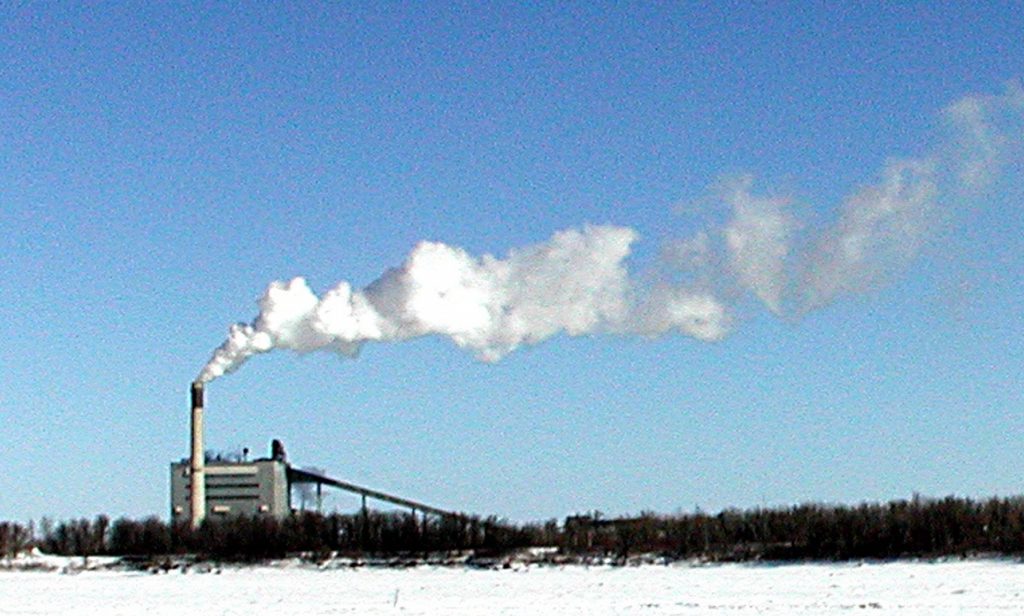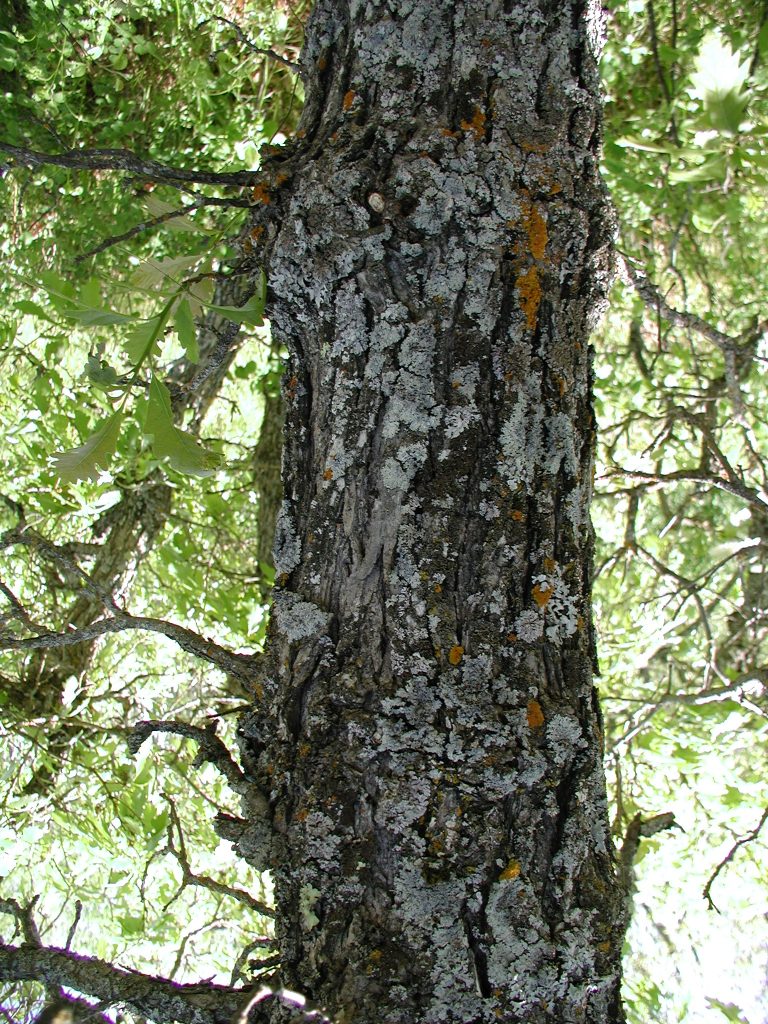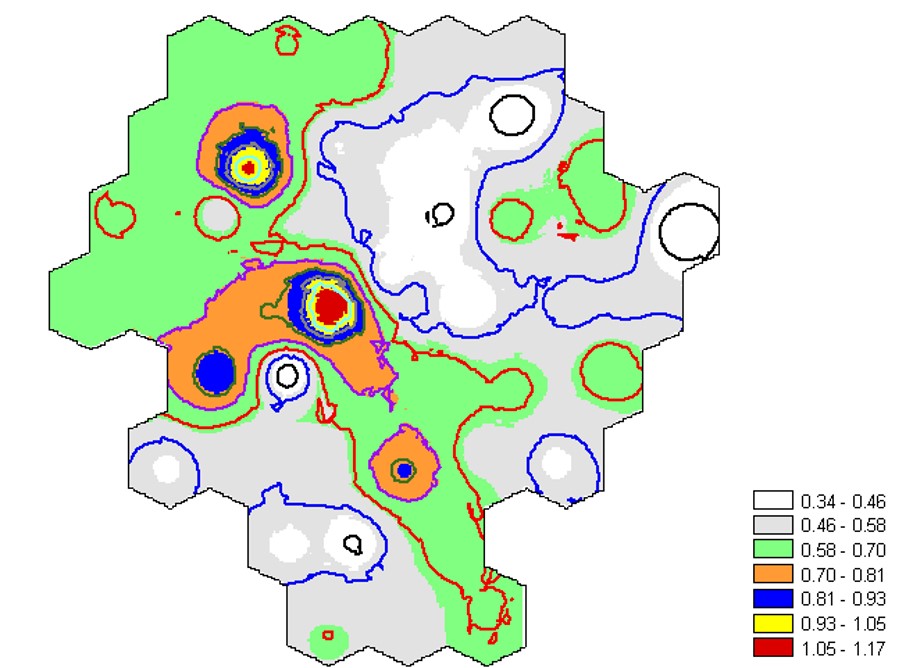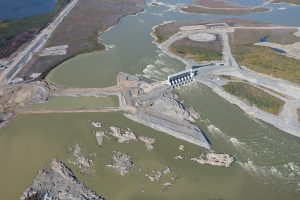Environmental Monitoring
ECOSTEM has carried out project effects and compliance monitoring for many new or existing projects, ranging from very large to small. We also have experience monitoring the effects of projects that have been in existence for many years, and with studies that provide pre-impact data for subsequent monitoring.
Examples of areas of expertise:
- Design and carry out data collection programs that are scientifically credible and incorporate a good balance between statistical rigor and cost effectiveness.
- For project effects monitoring, designs are developed so the results can be used to determine whether any observed changes were actually from the project rather than from some other source.
- Work closely with the client to determine monitoring goals and strategies.
- Develop an appropriate monitoring conceptual framework.
- Identify the ecosystem components and species that are most likely to exhibit effects.
- Develop or adopt relevant ecosystem, plant and/or wildlife models.
- Select reliable and useful focal topics for monitoring.
- Select indicators and metrics of project effects.
- Select and apply benchmarks and thresholds.
- Develop scientifically sound and efficient field methods.
- Develop project-specific safety plans and safe work procedures.
- Incorporate local Indigenous people in the data collection.
- Feed monitoring results into an adaptive management process.
- Ecosystem health monitoring.
- Use plants as bio-indicators of project effects or human impacts.
- Monitor climate change effects on terrestrial ecosystems.
To learn more about pre-impact studies, visit our Baseline Studies page.
Example Projects
Deposition of Airborne Pollutants from the Selkirk Thermal Generating Station
The Selkirk Thermal Generating Station operated as a coal-fired electric power generating station until 2002, when it was converted to natural gas. Prior to the conversion, people living in the area expressed concerns about airborne deposition from the generating station.

For this project, we used plants as bio-indicators of the deposition patterns of airborne pollutants. Deposition patterns were mapped using the concentrations of trace metals in lichen tissue, and lichen species composition. Lichen data and tissue samples were collected from trees at locations within about 18 km of the generating station. The sample locations were extracted from a triangular grid with the generating station near its centre. The same types of data and tissue samples were also collected in three reference areas.

We then used geospatial analysis to map the deposition patterns of trace metals and produce concentration contours.

Louisiana Pacific Forest Bird Monitoring
The goal of this project was to document breeding bird habitat associations in fire origin stands in the Duck Mountains to provide data needed to develop habitat quality models for selected bird species. The habitat models would be used to assist in timber harvest planning.
ECOSTEM designed and supervised the implementation of a four-year bird data collection program that included 1,400 sample locations. The study design was favourably peer-reviewed by a Canadian Wildlife Service ornithologist. ECOSTEM also completed power analyses of the collected data, and developed habitat quality models for selected bird species.

Keeyask Generation Project
The Keeyask Generation Project is a 695 MW hydro-electric generating station with an estimated construction cost of over $8 billion. Construction was nearing completion in fall, 2020.
ECOSTEM has provided baseline study, environmental assessment, project licensing and environmental monitoring services to this project.

ECOSTEM was retained to design project effects and compliance monitoring during construction and operation for the terrestrial environment.
Components of this work included:
– The overall design for the entire terrestrial program;
– Detailed designs for terrestrial ecosystems, habitat and plants; and,
– Co-designing the wildlife studies.
The monitoring design includes cutting edge approaches. An example is how road sensory disturbance to bird species at risk is being monitored. For this study, custom-designed and built audio recorders were commissioned to measure the distance and direction of bird calls. Geospatial analysis of these data will map and test for sensory disturbance effects.
ECOSTEM has been conducting the monitoring for terrestrial ecosystems, habitat and plants. This is being accomplished through a combination of remote sensing, aerial surveys, mapping and field data collection.
We are also providing GIS, statistical and modeling support for the wildlife monitoring.
To Learn more go to the Keeyask Project page.


